Before embarking on your trip to the land of the Incas, it’s necessary that you have a clear packing list for Peru to ensure you bring everything you need to make the most of your experience in this incredible country. If you’re a curious traveler ready to discover the most fascinating destinations of this South American country, you should know that Peru is much more than mountains and rivers: it’s a country with varied climates and amazing landscapes that change depending on the region you visit.
That’s why, depending on your destination, we’ll give you recommendations on what to bring and how to prepare, so that every adventure is comfortable, safe, and completely unforgettable.
You may be interested: Peru in september: Travel guide 2025
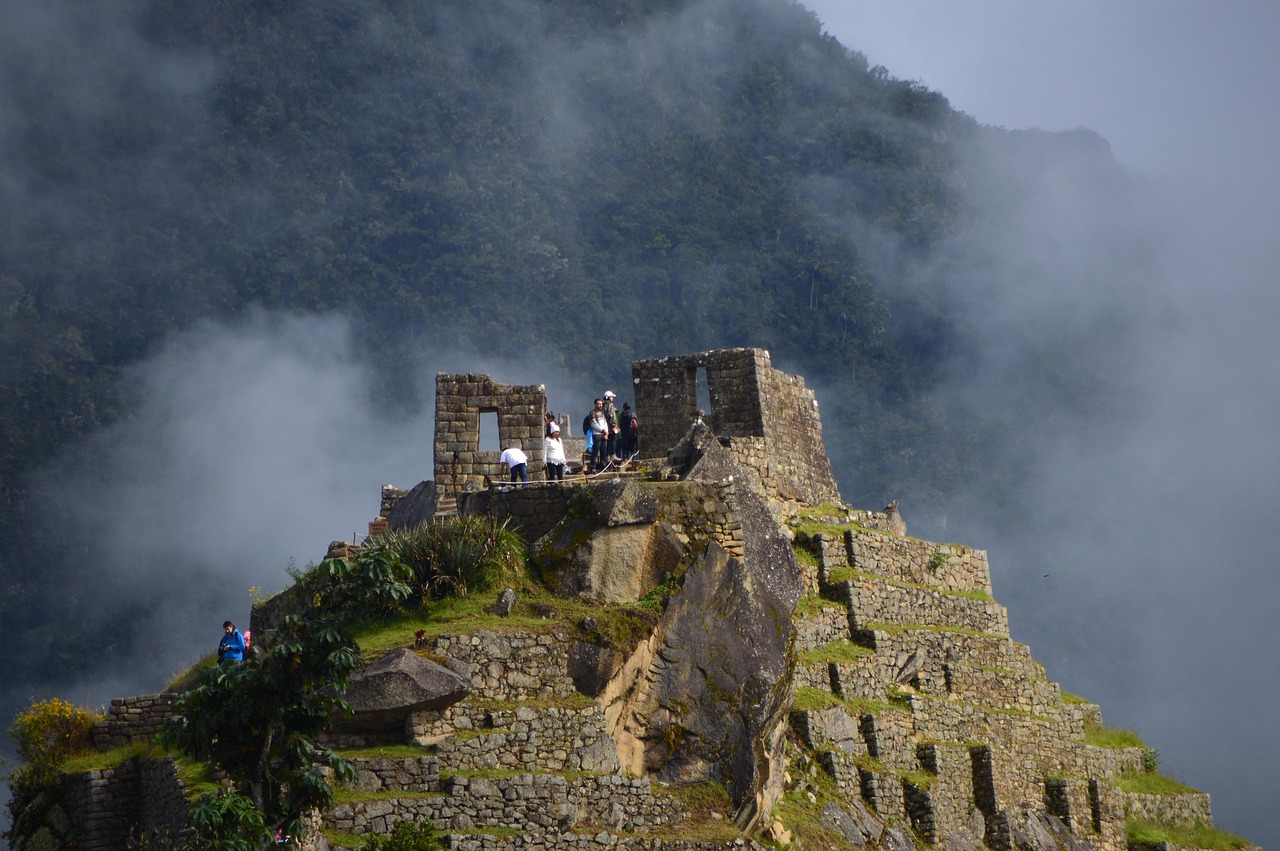
Packing list before traveling to Peru
Before you start packing, it’s important for every traveler to have some basic planning in place to avoid stressing out at the airport or forgetting anything essential. Some important points to remember are that Peru has a variety of climates depending on the region and altitude. Traveling to the coast is not the same as traveling to Cusco or the Amazon rainforest. Additionally, some activities require special equipment, such as trekking the classic inca trail or visiting nature reserves. That’s why we’ll tell you the essentials so you can travel to Peru without any hassle.
Essential document to packing list for peru
- Don’t forget these basic documents, which can save you from more than one headache:
- A passport valid for at least six months.
- A visa, if applicable for your country (citizens of many countries can enter without a visa for tourism).
- Airline tickets and accommodation confirmations.
- Travel insurance (highly recommended if you’re trekking, especially the Inca Trail).
- Cash (Peruvian soles) because many places don’t accept credit cards or “yape” (debit cards).
- Offline maps or apps (Maps.me is a reliable option).
- Copies of all documents, kept in a separate location.
Helpful tip: Some trekking tours require you to show your travel insurance and passport before starting.
Additional tips before packing
- Check your airline’s and domestic flight baggage allowances.
- Pack versatile, layered clothing, especially if you’re traveling to the mountains.
- Use travel bags or cubes to keep everything organized.
- Bring a small first-aid kit with pain relievers, band-aids, insect repellent, and sunscreen.
- Label your luggage with your contact information.
- Leave room for souvenirs or local purchases, such as textiles or handicrafts.
You may be interested: Best tourist attractions in Peru 2025
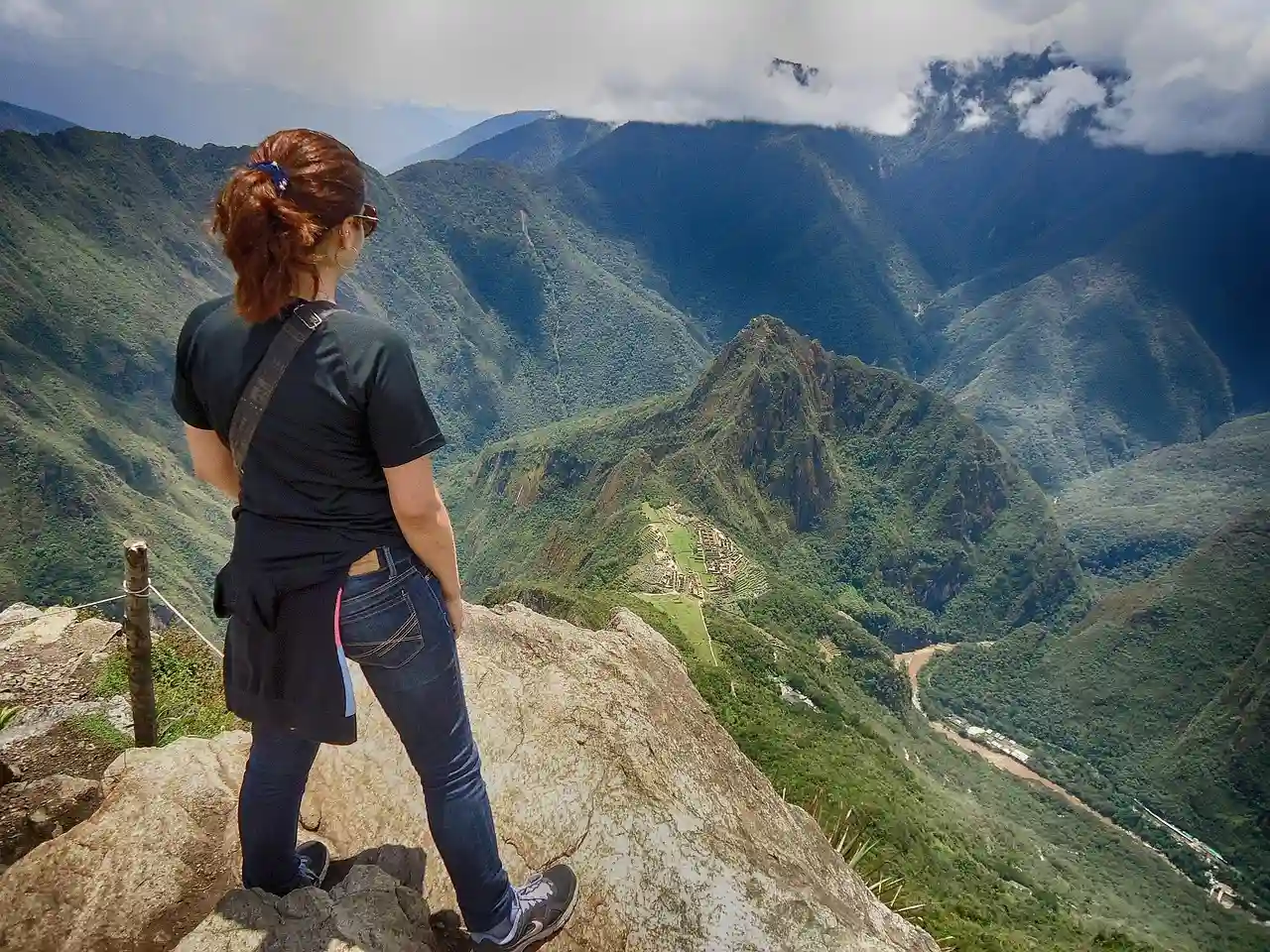
Packing list for Peru by region
Finally, we’ll tell you what to pack for each area of Peru, with practical tips and information every traveler should know before leaving. So you can explore Peru comfortably, safely, and worry-free, enjoying each region to the fullest.
Coastal region packing list
If you love beaches, history, and good food, the Peruvian coast is the place to be. Cities like Lima, Paracas, Ica, and Trujillo are perfect examples of coastal destinations, with their cloudy mornings and warm sunsets. Here’s your packing list for the Peru coast.
- Light and comfortable clothing: T-shirts, shorts, dresses, skirts, and cotton clothing that lets your skin breathe.
- Swimsuit: essential if you plan to visit beaches, islands, or enjoy kayaking and birdwatching tours in Paracas.
- Comfortable footwear: sandals for the beach and lightweight sneakers for walking through cities or nature reserves.
- Sun protection: hat or cap, sunglasses, and SPF 50+ sunscreen, as the radiation can be strong even if there are clouds.
- Light jacket or sweater: evenings and mornings can be cool, especially near the sea or in foggy areas.
- Useful accessories: small backpack for hiking, reusable water bottle, and camera to capture coastal landscapes.
Highland region packing list
The Peruvian highlands will captivate you with their imposing mountains, traditional villages, and postcard-perfect landscapes. Cities like Cusco, Puno, Arequipa, and the Sacred Valley offer cultural adventures, high-altitude hikes, and unique experiences amidst Inca and pre-Inca history. For those looking to explore further, Peru tours provide an incredible opportunity to discover the beauty and history of the region. But beware, as temperatures change rapidly, when preparing your packing list for Peru, make sure you’re ready for these changing conditions.
- Layered clothing: short- and long-sleeved shirts, sweatshirts, and fleece jackets. This will allow you to adapt to temperature changes throughout the day.
- Waterproof and windproof jacket: Rain is frequent, especially in the summer season (November to March), and the wind can be strong at high altitudes.
- Comfortable trekking pants: Quick-drying and durable, they are ideal for long hikes or excursions to ruins and viewpoints.
- Thermal socks and hiking boots: essential for keeping your feet dry and protected on steep or wet trails.
- Hat, gloves, and a scarf: essential if you plan to visit areas above 3,000 meters above sea level.
- Sunglasses and sunscreen: solar radiation is more intense at higher altitudes; don’t underestimate the Andean sun!
- Daypack: for short hikes, with water, snacks, and an extra layer of clothing.
Amazon jungle region packing list
From the rushing rivers of Puerto Maldonado to the lush vegetation of Iquitos, the jungle is a spectacle of sounds, colors, and wildlife you won’t find anywhere else. Humidity and rain are part of the landscape, so pack your suitcase to keep you dry, comfortable, and ready for a true Amazonian adventure.
- Lightweight, quick-drying clothing: long-sleeved shirts and comfortable long pants. This protects you from mosquitoes and facilitates perspiration in hot, humid climates.
- Closed, mud-resistant shoes: essential for hiking on wet trails, through rivers, or mudflats.
- Rain poncho or jacket: rain can appear unexpectedly and be intense.
- A wide-brimmed hat and sunglasses: protection from the tropical sun, especially if you’ll be boating.
- Insect repellent: one with DEET is recommended; mosquitoes are very common and can transmit diseases.
- Small daypack: for jungle hikes, with a water bottle, snacks, and a camera.
- Headlamp or small flashlight: useful for camping or night hikes.
- Binoculars and camera: for birdwatching, monkeys, alligators, and other wildlife.
- Basic first-aid kit: medication for bites, pain relievers, and products for digestive problems.
For those looking for a different kind of adventure, the inca jungle trek 4 days offers an exciting alternative, combining a thrilling jungle experience with a visit to the famous ruins of Machu Picchu. This trek offers a unique blend of nature, history, and culture, making it perfect for those seeking both a jungle and Inca adventure.
You may be interested: Visiting Peru in August
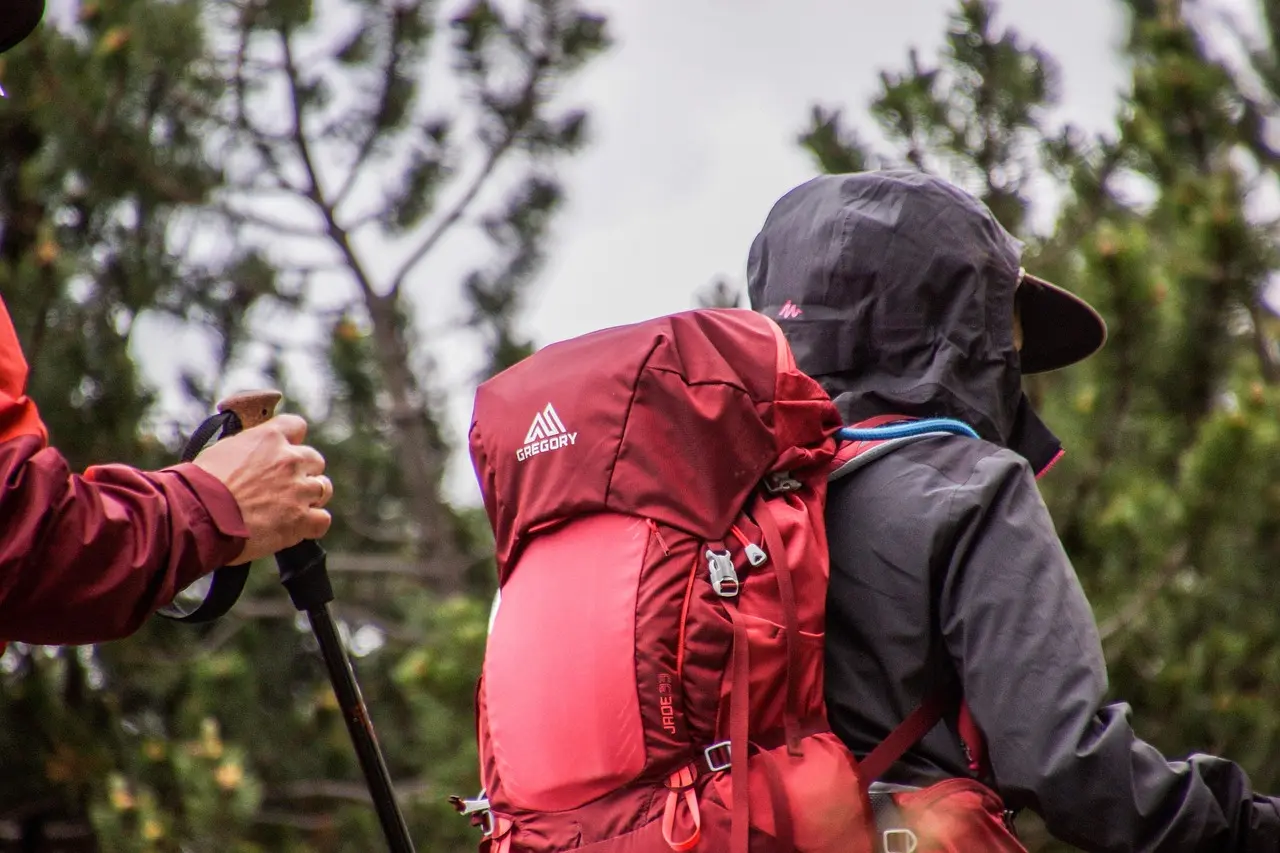
Packing list for trekking in Peru
Trekking in Peru offers breathtaking landscapes, ancient ruins tucked into the mountains, and a sense of adventure you won’t find anywhere else. But before you lace up your hiking boots and head out to conquer the trails, I want to tell you what you should include in your packing list for Peru. Choosing the right backpack is key. Not only should it fit everything you need, but it should also be comfortable and durable enough to withstand long hikes on variable terrain.
Backpack for trekking in Peru
- Capacity: Between 40 and 60 liters for multi-day treks; enough for clothing, gear, food, and documents.
- Support system: Padded shoulder straps, a hip belt, and a ventilated backrest to distribute weight and prevent injury.
- Waterproofing: Preferably with a cover or water-resistant material to protect your gear from rain or rivers.
- Compartments: Internal and external pockets to better organize small items such as maps, snacks, or a flashlight.
- Additional accessories: carabiners, trekking pole straps, and water bottle holders.
- The weather in the Andes can change drastically throughout the day, so clothing is your best ally. The key is to dress in layers to adapt to heat, cold, wind, and rain without carrying unnecessary weight.
- Trekking poles for added stability on mountain trails.
Clothing for trekking in Peru
- Base layer: Long- and short-sleeved technical shirts that wick away sweat.
- Midlayer: Sweatshirts or fleece-style jackets for cold mornings and evenings.
- Outer layer: A waterproof and windproof jacket, lightweight but durable.
- Trekking pants: Comfortable, durable, and quick-drying; some with a detachable shorts option.
- Thermal and breathable socks: Prevent blisters and keep your feet dry.
- Trekking boots: Waterproof, with good grip, and already molded to your feet.
- Hat, gloves, and scarf: essential for high altitudes and sudden temperature changes.
- Accessories: sunglasses, sunscreen, and trekking poles for greater stability on slopes.
- Extra tip: avoid cotton as inner layers: it retains moisture and cools the body quickly, which can be dangerous at high altitudes.
Packing list for Peru depending on the season
In the summer, the Peruvian coast is perfect for enjoying its beaches, while the highlands and jungle experience warmer temperatures. Although it’s the rainy season in some regions, it’s still the best time to take advantage of outdoor activities. Be sure to pack lightweight clothes for the coast, but also bring a waterproof jacket for the rain in the highlands. Trekking boots are a must if you plan on hiking in the mountains.
Autumn is one of the most pleasant seasons to explore Peru. The weather is more stable, with cooler temperatures that are still comfortable. The rain decreases, making it an ideal time for trekking in the highlands and exploring cities. Pack layers, like t-shirts, lightweight jackets, and comfortable pants. It’s also a good idea to have a waterproof jacket just in case, as some rain may still occur.
Winter in Peru can be quite cold, especially in the high-altitude areas like Cusco and Machu Picchu. This is the peak tourist season, perfect for trekking in the highlands, but the nights can get really chilly. Make sure to pack thermal clothes, such as sweaters and thick jackets, as well as gloves and a hat for early morning hikes. If you’re visiting the coast, the weather will be milder, but don’t forget sunscreen and comfortable clothing.
Spring marks the end of the rainy season, making it a lovely time to travel around the country. The temperatures are cooler in the highlands and warmer along the coast. During this season, it’s best to pack light clothing for coastal areas and bring some warmer layers for the highlands. A waterproof jacket is essential, as some rain can still pop up in the highlands. It’s a great time to explore places like Cusco, the Sacred Valley, and the jungle.
You may be interested: Huayna Picchu Stairs of death in Peru
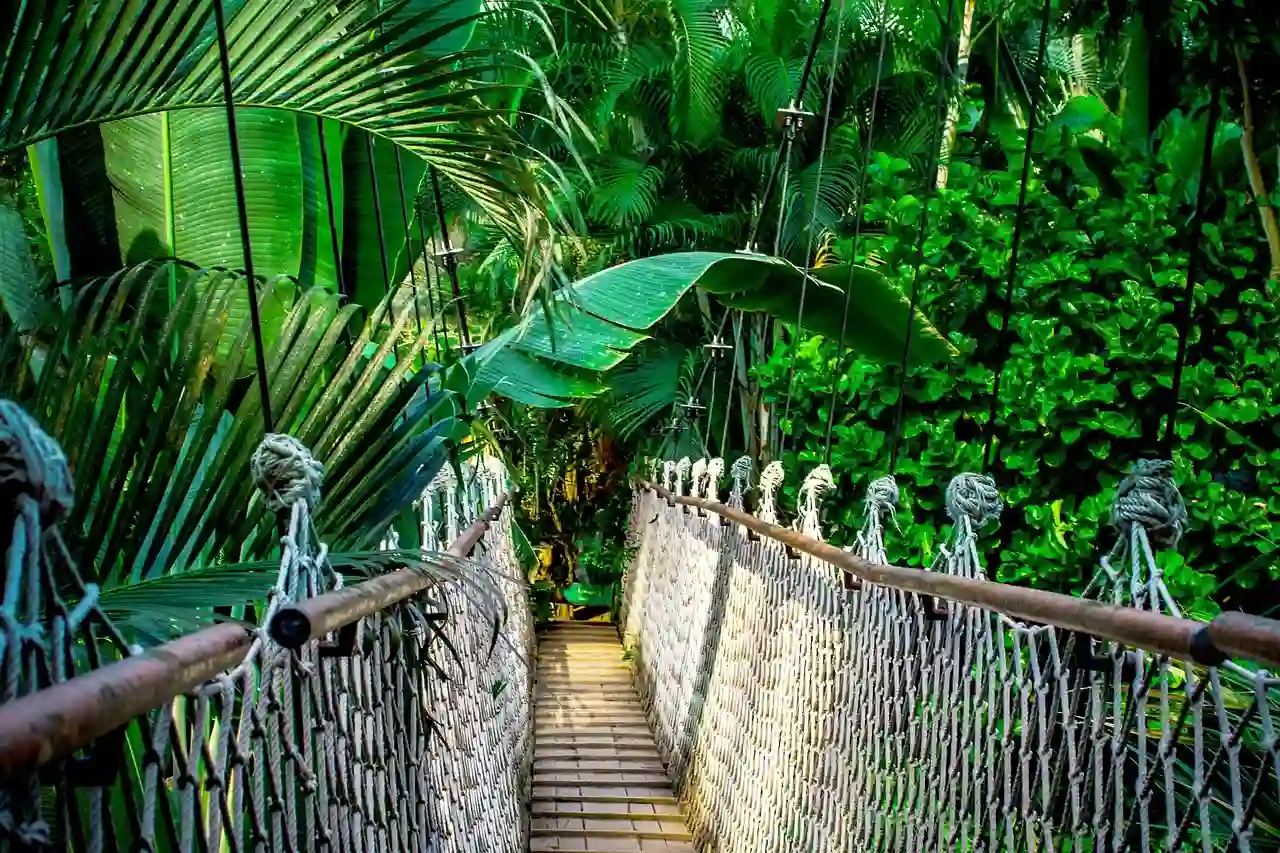
Additional packing lists for Peru
In addition to basic clothing and equipment for each region, we’ll tell you about additional items that can make your trip more comfortable, safe, and enjoyable. This section covers specific recommendations for women, men, and families, as well as useful accessories that many travelers often forget. When preparing your packing list for Peru, let’s get to it!
Packing list for women
- Feminine hygiene items: Tampons, pads, or menstrual cups, depending on your needs.
- Facial and lip sunscreen: Facial and lip sunscreen to protect your skin from the altitude and strong sun.
- Light makeup and personal care products: These aren’t required during a trek, but for a walk in the city or out to dinner, you can wear light makeup and personal care products that make you feel comfortable without weighing you down.
- Additional underwear and sports bras: Extra underwear and sports bras for hiking and trekking.
- Portable toiletry bag: A small, portable toiletry bag for excursions or temporary accommodation.
- Hair accessories: Headbands, rubber bands, clips, or caps to keep your hair up and prevent discomfort during hikes.
- Keep valuables (documents, money, cards) in inside pockets or in a fanny pack close to your body.
- Avoid displaying flashy items such as expensive jewelry or unnecessary gadgets.
- Always carry a small flashlight or emergency whistle if you’re hiking at night or in remote areas.
- Have a communication plan: Tell someone you trust your daily itinerary, especially if you’re trekking or traveling in remote areas.
- Avoid wearing too much jewelry or flashy accessories: they can get lost or attract unnecessary attention.
- Quick-drying clothing and light layers are essential, especially in the jungle or high mountains.
- Carrying an additional small backpack for daily hikes makes it easier to carry your personal items and first-aid kit.
Packing list for men
- Breathable cotton and technical t-shirts, short and long sleeves.
- Durable trekking pants and comfortable shorts.
- A waterproof and windproof jacket, lightweight but durable.
- A sweater or fleece for cold mornings and evenings.
- Comfortable and sturdy shoes: hiking boots and sandals for city or leisure activities.
- Hiking socks and enough underwear for several days.
- A hat or cap, sunglasses, and sunscreen.
- A small backpack for daily hikes and a reusable water bottle.
- Extra underwear and spare socks, especially for multi-day treks.
- A waterproof watch or smartwatch for activity tracking.
- A flashlight or headlamp for night hikes or in remote areas.
- A waist pack or secure pocket to keep documents, money, and cards safe.
Packing list for families
- Comfortable, layered clothing (T-shirts, pants, sweaters)
- Waterproof and windproof jackets
- Comfortable, sturdy shoes + sandals
- Hats or caps and sunscreen
- Small backpacks for daily excursions
- Reusable water bottles
- Personal hygiene items (toothbrush, gel, diapers if applicable)
- Small family first-aid kit (pain relievers, bandages, insect repellent)
- Healthy snacks for everyone
- Copies of important documents and passports
You may be interested: Independence day in Peru
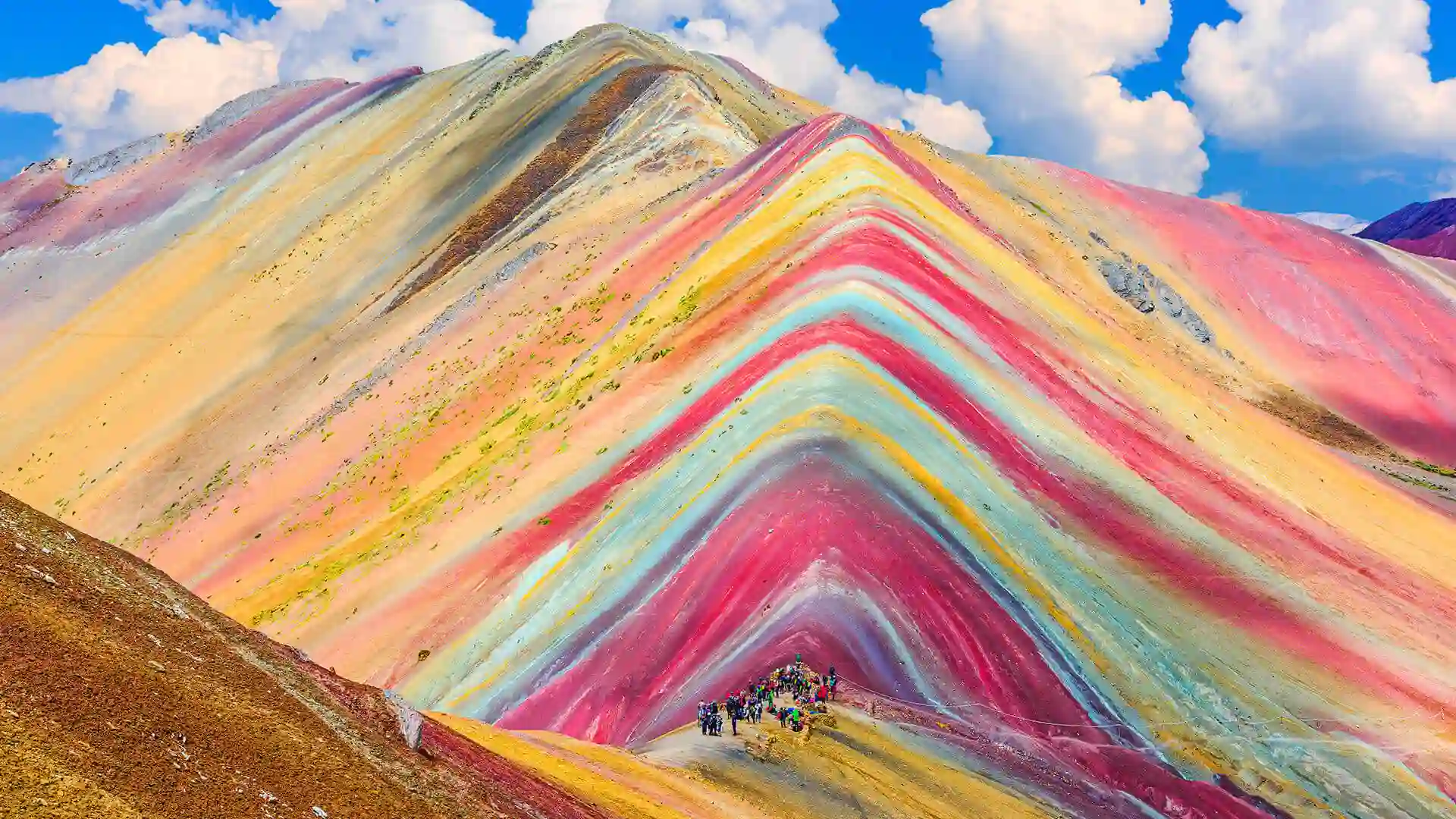
Final recommendations to packing list for Peru
Finally, here are some recommendations to always keep in mind for your trip: a well-organized backpack really makes a difference. Use packing cubes to separate clean clothes from dirty ones, and always keep essentials like sunscreen, insect repellent, money, and important documents easily accessible.
It’s also important to take care of your belongings. Keep important documents in secure pouches or pockets and avoid displaying valuables in touristy areas. Make sure to have digital copies of your documents on your phone, and don’t forget the essentials like sunscreen, insect repellent, and a small first aid kit.
Also, if you’re planning on trekking, make sure to bring trekking poles, comfortable shoes, and clothes that allow you to move freely. When preparing your packing list for Peru, remember that the key is organization and versatility. Packing smartly will help you adapt to the changing weather conditions and enjoy all the amazing things this incredible country has to offer, from the coast to the jungle. With the right items, you’ll be ready for an unforgettable adventure and make the most of every moment in Peru!


